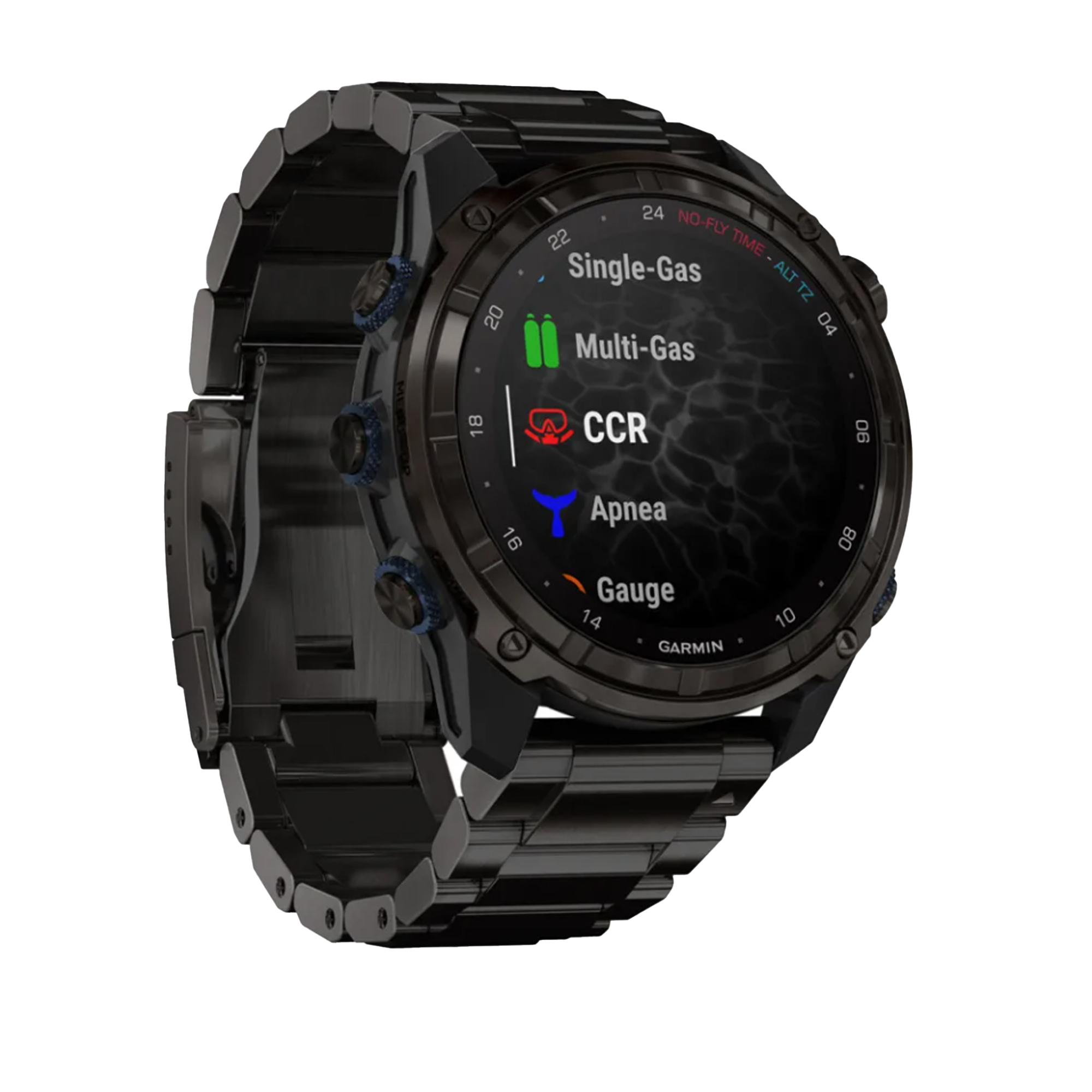Navigation
Scuba diving regulators are what make diving possible. Forget every other piece of equipment; if you have a reg and an air source, you can dive. When Jacques Yves Cousteau and Emile Gagnan modified a welding regulator into a pressure-sensitive demand regulator in 1943, they opened the mysteries of the underwater world to anyone willing to discover them. In 1952, Melbourne based Ted Eldred invented the Porpoise separate first and second stage regulator that is the basis of today's modern regulator designs.
The Scuba Doctor has a wide range of regulators from carefully selected brands who all produce supreme performers in their own field of diving regulator design. These top-quality breathing regulators offer you enough choice to find the perfect regulator for your needs.
All of the scuba diving regulators we sell are CE EN250 certified. That is, they pass the requirements of the European standard for diving equipment to meet the demands placed on it at depth and under high breathing loads. This basically means that these regulators have been tested to make sure they will deliver gas to you at a depth of 50 metres, at acceptable temperatures, in any situation, even if you have two panicking divers demanding gas from them.
We're here to help you select the right scuba diving regulator, octopus and regulator accessories for your diving needs.
Types of Scuba Diving Regulators
Although there are many different brands and models of diving regulators to choose from there are only 3 basic types.
- Balanced
- Unbalanced
- Over Balanced
Each of these types has its own characteristics, benefits and drawbacks.
Regulator Features
Diving regulators have a host of features, all of which you need to consider before spending your hard-earned cash. From how your regs attach to your air tank, to what you should look for in a second stage, everything from top to bottom needs to be looked at closely.
Maintenance and Care
An important consideration most people overlook is maintenance. If you buy an older model second-hand regulator or some exotic piece of equipment, you may have a hard time getting it serviced.
Scuba regulators should be serviced annually and if your local shop can't do it, you may have just bought yourself an expensive paperweight.
You also have to think about what if you have a problem on vacation? Will you be able to get your diving regulator serviced on-site?
If you stick with a fairly new regulator, of common make and model, you shouldn't have any trouble with service, home or abroad.
Putting It All Together
Before you buy your first set of scuba regulators you have some thinking to do. Not about the nice shiny new toy you are going to buy, but about what kind of diving you do and what kind of diver you are.
If you dive mostly on vacation, in warm tropical waters, on shallow coral reefs, you will require a far less robust, and expensive, diving regulator than if you are plunging to the cold depths on mixed gas.
Be honest with yourself.
Make a checklist of what you are looking for in a scuba diving regulator.
Start reading reviews and manufacturers specifications. Or call or email us. We're here to help.
Do your homework and you'll have scuba regulators that you'll enjoy and be able to dive with for years.
Tech Tip: Hose Protectors Don't Protect Hoses
The 'hose protectors' on the ends of the hoses next to the first stage provide a cosmetic appearance, however, there is no evidence they prevent hose damage. Hoses sometimes fail where the fitting is swaged onto the hose, but that's caused by gas pressure, and a hose protector is not going to prevent that from happening. Because hose protectors interfere with routing and streamlining, they are almost never seen on regs used in technical diving. In fact, hose protectors may compromise safety and many experienced divers don't use or recommend them. Hose protectors hold water against the fitting, causing corrosion and hiding developing problems. The post-dive maintenance recommendation is to pull the hose protectors back from the fittings, rinse and inspect. However, our observation is that not only do most divers not perform this suggested maintenance, when they do they are actually pulling hard at the most failure-prone part of the hose. Our maintenance recommendation: permanently remove all hose protectors (we carefully use a pair of side cutters rather than pull them off) and replace the hose if there is evidence of excessive wear or damage.
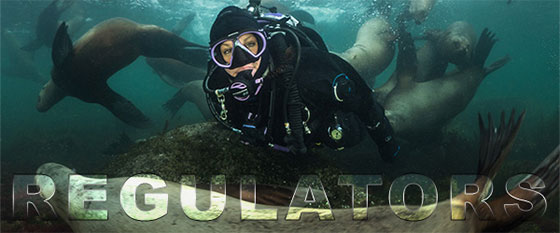
Williamstown Beach Rotunda
![]() Shore Dive |
Shore Dive | ![]() Shore access
Shore access
![]()
![]()
![]()
![]()
![]()
![]()
Depth: 1 m (3.28 ft) to 6 m (20 ft)
Level: Open Water and beyond.
The Williamstown Beach Rotunda diving and snorkelling site is located off the Esplanade, Williamstown at the eastern end of Williamstown Beach, and the northern end of Port Phillip. It has an easy beach entry and exit and there are lots of critters to see. It's also close to the Melbourne CBD and while fascinating during the day, also makes for a pleasant night dive.
Williamstown Beach is backed by the Esplanade, making it a very accessible beach. The Williamstown Beach Rotunda is located at the eastern end just west of the breakwater. The beach is 550 metres long and faces due south. It receives waves during strong southerlies.
Diving and Snorkelling at Williamstown Beach Rotunda
Proceed from the car park down onto the beach and enter the water just west of the groyne. Head south-west out past Point Johnson until you get to 4 to 5 metres of water depth. Then head south-east for a timed period which will take you across quite a few small reefs down to 5 to 6 metres. Return on a timed reciprocal course. Exit back onto the beach.
There is plenty of boat traffic here so stay away from the surface if you hear a boat coming. Always tow a float with a dive flag. Beware of fishing lines from fisherman that cast off from the groyne (breakwater). Always take a dive knife and/or line cutter.
Location: Esplanade, Williamstown, Victoria 3016
MELWAY Ref: Page 56 B11
Parking: You can park at the eastern end of Williamstown Beach in the Williamstown Rotunda Car Park on the Esplanade between Garden Street and Giffard Street. Parking is metered so make sure you get a ticket. There is also roadside parking along the Esplanade. Of course, getting a car park is problematic on busy days in Summer. Before gearing up check out the water. If you see lots of white water, head on home.
Facilities: There are plenty of public toilets, cafe and BBQ facilities nearby.
Warning: Always go with a buddy and carry a dive knife. Make sure you tow a dive buoy with dive flag.
Entry/Exit: Shore beach entry at the eastern end of Williamstown Beach, in front of the shelter, west of the groyne.
Ideal Conditions: There is little background swell in this part of Port Phillip — the water is calm when the wind is still. In moderate winds the waves are choppy and under 0.5 metre. Best with light to moderate offshore northerly to easterly winds, or light onshore south-easterly to north-westerly winds. Not diveable in strong southerly winds. Avoid after rains due to the rain runoff reducing viability. Though the high tide is ideal, you are able to dive at Williamstown Beach Rotunda on any tide. See WillyWeather (Williamstown Beach) as a guide for the tide times and the height of the tide.
Divers have the opportunity to catch Sea Urchin at this dive site. Remember your catch bag, dive gloves and Victorian Recreational Fishing Licence. Please abide by all current fishing regulations if you intend to catch Sea Urchin.
See article-catching-sea-urchin for practical Sea Urchin catching advice from The Scuba Doctor, and melbourne-sea-urchin-dives for other dive sites where you can catch Sea Urchin near Melbourne.
Traditional Owners — This dive site is in the traditional Country of the Boon Wurrung / Bunurong people of the Kulin Nation. This truly ancient Country includes parts of Port Phillip, from the Werribee River in the north-west, down to Wilson's Promontory in the south-east, including the Mornington Peninsula, French Island and Phillip Island, plus Western Port. We wish to acknowledge the Boon Wurrung as Traditional Owners. We pay respect to their Ancestors and their Elders, past, present and emerging. We acknowledge Bunjil the Creator Spirit of this beautiful land, who travels as an eagle, and Waarn, who protects the waterways and travels as a crow, and thank them for continuing to watch over this Country today and beyond.
Williamstown Beach Rotunda Location Map
Latitude: 37° 52.116′ S (37.8686° S / 37° 52′ 6.96″ S)
Longitude: 144° 53.649′ E (144.89415° E / 144° 53′ 38.94″ E)
Datum: WGS84 |
Google Map
| Get directions
Added: 2021-01-29 20:42:15 GMT, Last updated: 2022-04-17 16:33:59 GMT
Source: Google Earth
Nearest Neighbour: Williamstown Beach Breakwater, 428 m, bearing 274°, W
Williamstown, Port Phillip.
Depth: 1 to 6 m.
[ Top ]
DISCLAIMER: No claim is made by The Scuba Doctor as to the accuracy of the dive site coordinates listed here. Should anyone decide to use these GPS marks to locate and dive on a site, they do so entirely at their own risk. Always verify against other sources.
The marks come from numerous sources including commercial operators, independent dive clubs, reference works, and active divers. Some are known to be accurate, while others may not be. Some GPS marks may even have come from maps using the AGD66 datum, and thus may need be converted to the WGS84 datum. To distinguish between the possible accuracy of the dive site marks, we've tried to give each mark a source of GPS, Google Earth, or unknown.
Copyright © 2005-2022 by The Scuba Doctor Australia, ABN 88 116 755 170. All rights reserved.
tel. +61 3 5985 1700 :: email. diveshop@scubadoctor.com.au :: Web site by it'sTechnical 2022





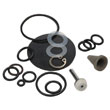

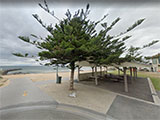
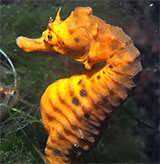
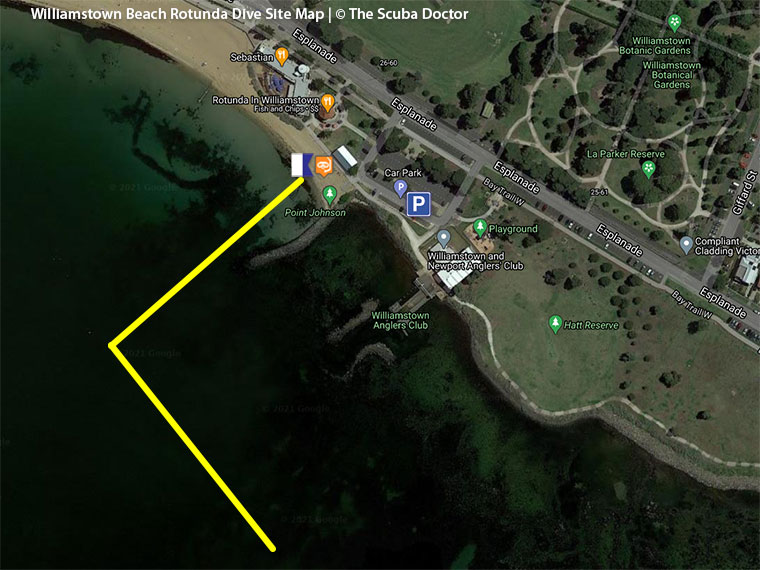
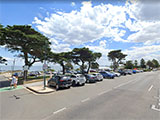
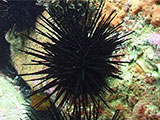
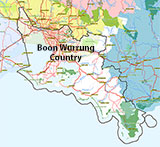





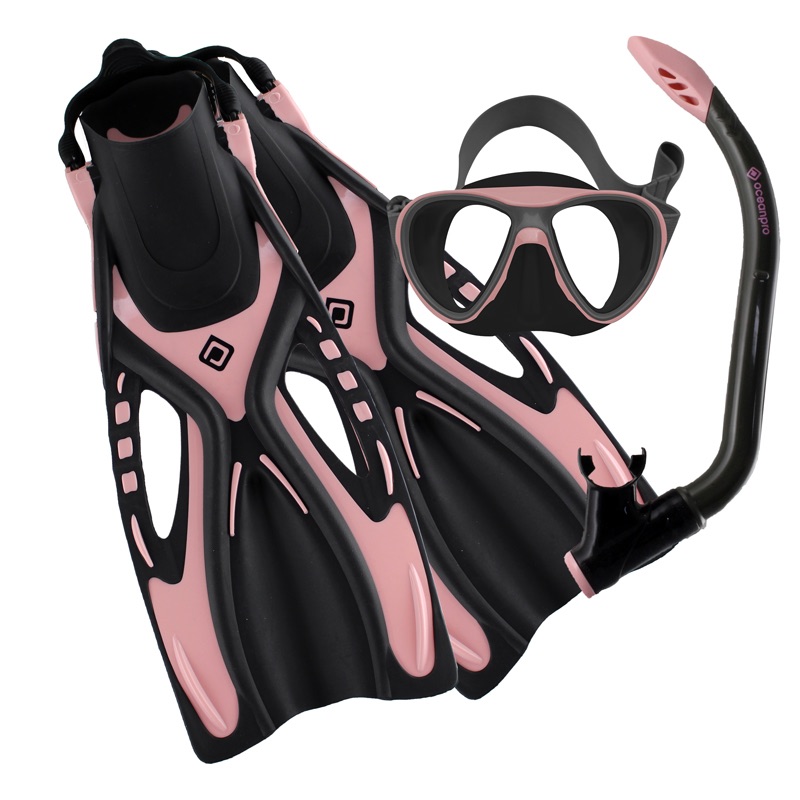
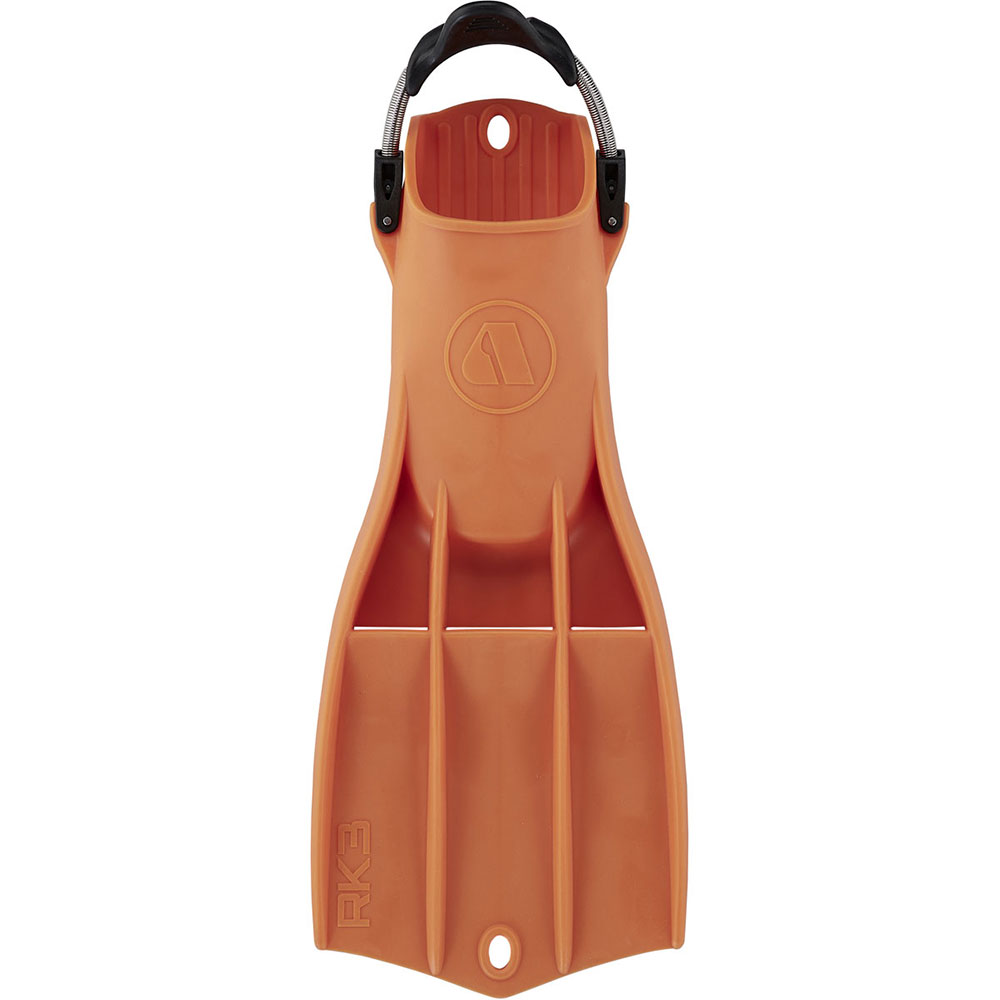






![Halcyon Infinity 30lb System [SS Small Backplate] Halcyon Infinity 30lb System [SS Small Backplate]](/diveshop/images/halcyon/Halcyon-Evolve-Wing.jpg)
